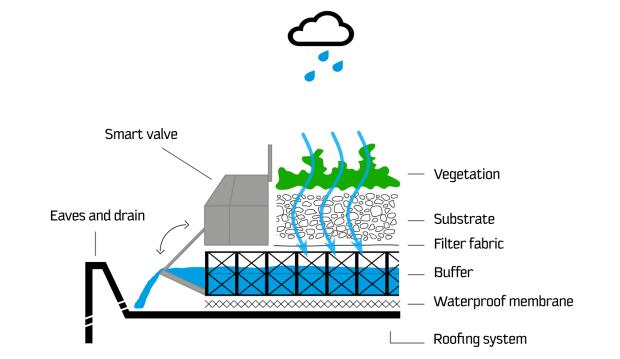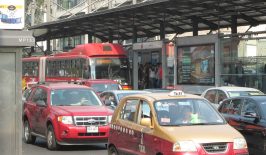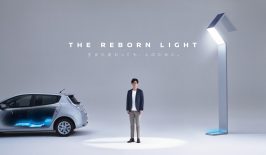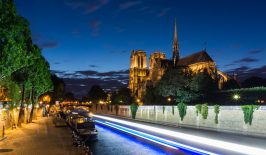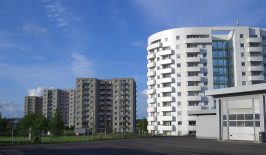Flash floods due to heavy rainfall, environmental damage and health problems caused by long periods of heat – urban areas in particular are vulnerable to the effects of climate change. As a result, the infrastructure, ecosystems and inhabitants of our cities are coming under increasing pressure – and we need to find and implement effective measures to protect this life in the long term. The European initiative “Urban Innovative Actions” (UIA) aims to address this issue with the RESILIO project.
RESILIO stands for “Resilience nEtwork of Smart Innovative cLImate-adaptive rOoftops” and is testing a solution that combines the positive effects of a green, planted roof surface with a water reservoir installed underneath. These blue-green roofs are designed to be able to react adaptively to current and future weather events and to communicate with each other. This helps lessen the negative knock-on effects of extreme weather events and increase the well-being of city dwellers.
In a first step, individual test projects will be carried out to see how the blue-green roof concept holds up. According to Nika Haspels of Amsterdam City Council, the first test roof will probably be created late 2019 or early 2020 at the Hogeschool van Amsterdam (the Amsterdam University of Applied Sciences). At the beginning of 2020, more intelligent roofs are set to be installed as elements within an interconnected network. The selected project sites are located in four of the 96 areas of Amsterdam that are severely threatened by flood damage and that are also affected by an inner-city heat island effect during the summer months. Most of the conversion work is taking place on the roofs of municipal social housing buildings that are in need of renovation. The positive effects are expected to benefit around 1,500 residents in those buildings and adjacent neighbourhoods.
The newly-installed roofs can store up to 5,600 cubic metres of water. This new water reservoir, which is distributed over an area of 10,000 square meters, reduces critical extreme loads on drains and other bottlenecks in the wastewater system. During periods of long and intense heat, it can also help to keep the building cool. Intelligent sensors and a communication network complement the system and regulate the amount of water that is absorbed or drained away, ensuring optimum functionality. The water reservoir underneath provides sufficient water to supply the green areas of the roof, even during droughts, which allows for a greater variety of plants and thus promotes biodiversity in the city.
The water layer on the roofs also improves the insulation properties of the buildings, and the naturally occurring evaporation of water cools the air nearby. This reduces the need to use air-conditioning and other active cooling systems. The blue-green roofs thus save energy and money and reduce the heat island effect, which is particularly noticeable in urban zones where green areas are few and far between.
Smart networked roofs that respond to weather reports
The roofs of the RESILIO project can generate their own data via various sensors and communicate with external sources as well as with each other. Weather forecasts are fed into the communication network and allow them to react appropriately to likely weather events. In order to be able to react to heavy rainfall, the water reservoirs are completely emptied in advance; when there’s a threat of drought, the pools store as much water as possible. The hoped-for advantages are better risk planning, less private and public damage as a result of extreme weather conditions and thus increased resilience of endangered urban areas.
The success of the project will be accompanied and analysed by a team of experts from the fields of Urban Technology, Urban Management, Water and Climate Risk and Environmental Policy Analysis. The Hogeschool van Amsterdam and the Vrije Universiteit Amsterdam are official partners of the project and will assess and measure its positive impact. Their focus will not only be the obvious factors, such as the actual reduction of flood damage in the four districts, but also on socio-economic factors. Questions like: Would it make economic, organisational and ecological sense to cover the whole city in roofs like this? What do the local people, the architects and the city authorities think of them? And does storing water on roofs cause other, as yet unforeseen, hydrological or ecological problems?
These questions are still to be answered, but for now the RESILIO project looks to be a promising approach for the cities of the future.
This is a translation of an original article that first appeared on RESET’s German-language site.

